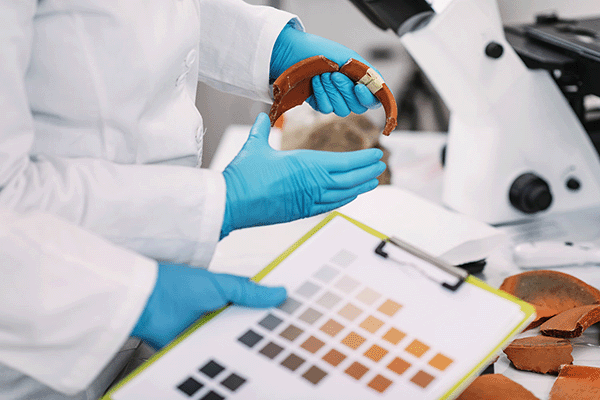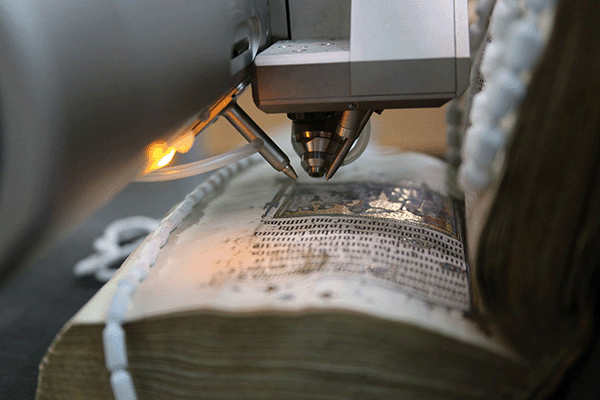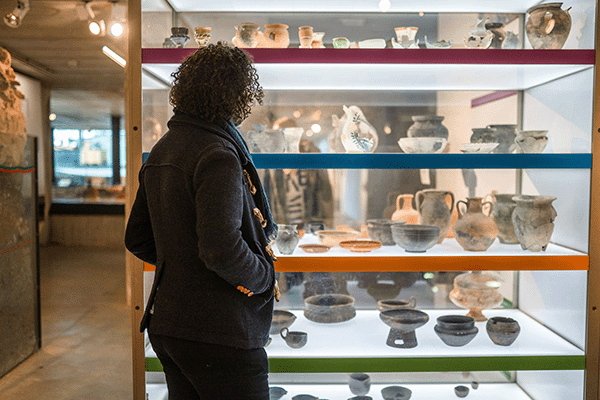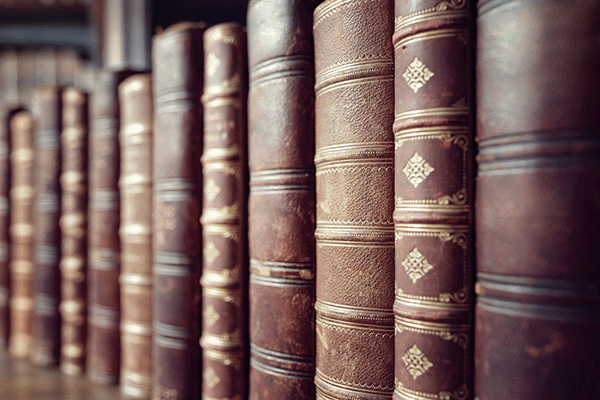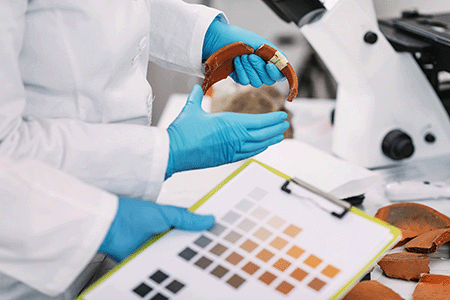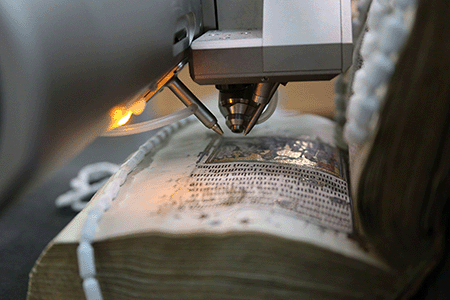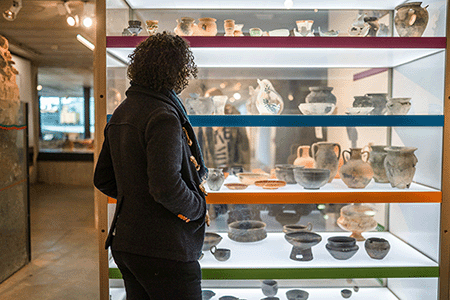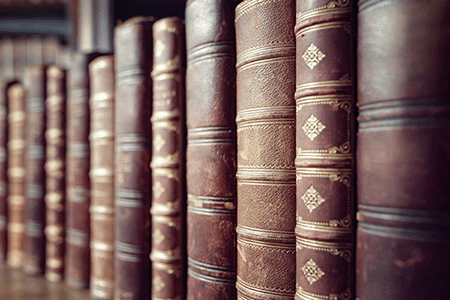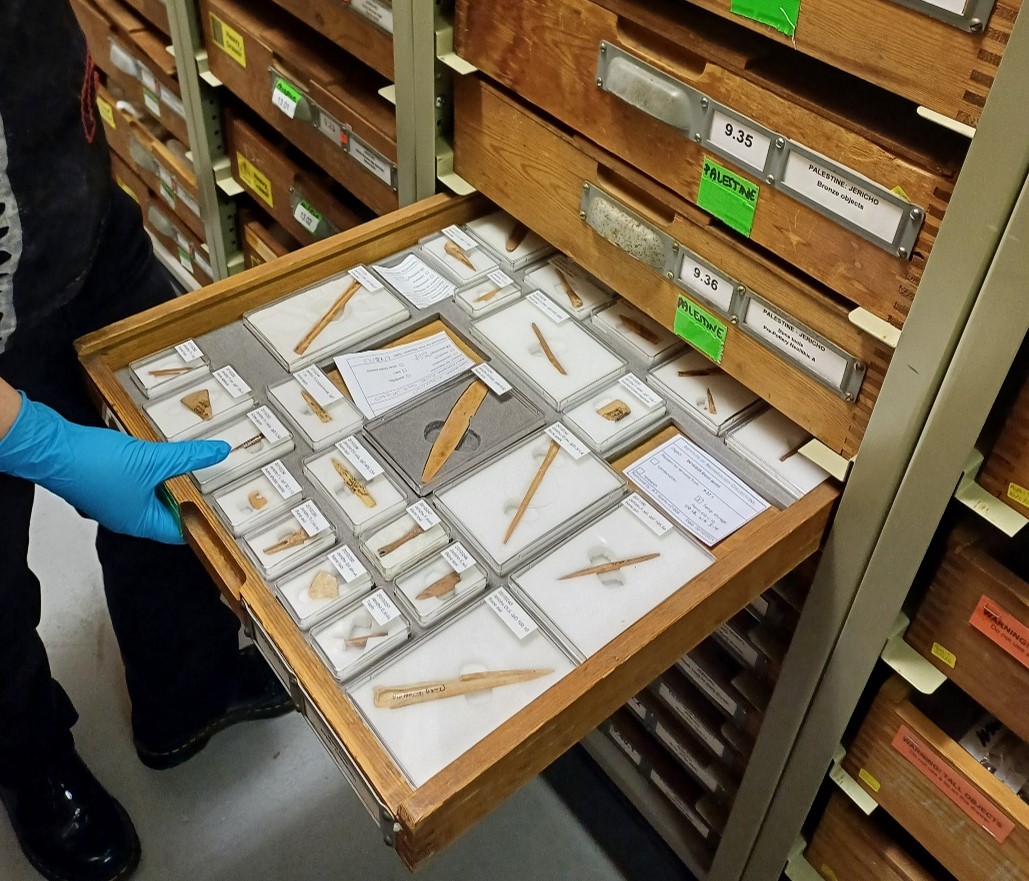In April 2025, the RICHeS team visited University College London (UCL) to engage with Professor Kevin MacDonald, Director of the Institute of Archaeology and his team to hear their progress on their Tranche 1 project: Advancing Access to the UCL Archaeological Reference Collections (A3RC). The visit highlighted UCL’s deep commitment to improving heritage science infrastructure and expanding access to its remarkable collections through better storage, data management, and dedicated research spaces.
Artefact Collections: A global resource for teaching, research and public engagement
The visit began with a tour of UCL’s extensive artefact collections, guided by Dr. Rachael Sparks and Ian Carroll. Housed within the Institute of Archaeology (IoA), these collections contain more than 80,000 objects from ceramic vessels and metalwork to figurines and jewellery. These artefacts span diverse regions and time periods across Europe, Africa, Egypt, the Middle East, Pakistan, India, Mesoamerica, South America, and the Caribbean. This globally significant collection supports the study of human material culture and sheds light on millennia of production, trade and cultural exchange.
Beyond research, the collections play a vital role in teaching. Students not only study these objects in class but also participate in curating temporary exhibitions, giving them hands-on experience in cataloguing, conservation and public storytelling. This integrated approach to heritage practice prepares students for careers across the cultural sector.
However, external access is limited due to challenges with storage and research facilities. Planned RICHeS-funded upgrades will directly address these issues by enhancing storage infrastructure, improving environmental conditions for long-term preservation and creating dedicated research spaces. This will make the collections more accessible for students and visiting researchers.
Archaeobotany laboratories: Unlocking ancient environments and knowledge
The team then visited UCL’s archaeobotany laboratories, led by Professor Dorian Fuller and Ayelen Delgado Orellana. UCL is home to one of the world’s largest archaeobotanical collections and the laboratories hold over 18,500 accessions of both modern botanical specimens and archaeological plant remains from five continents, with particularly rich holdings from Africa, Southwest Asia and Europe. The collection also includes cultivated species such as cereals, pulses, oil plants and fruits, alongside a wide range of wild taxa. These collections are central to:
- Identifying plant remains from archaeological sites
- Reconstructing ancient agricultural practices and diets
- Understanding past climates and human adaptation
- Investigating prehistoric societies lacking written records
Despite their importance, the current storage conditions are suboptimal, with materials scattered across several laboratories and housed in temporary containers. Through the RICHeS initiative, these collections will be consolidated into a climate-controlled, accessible facility, an essential step for both improved preservation and accessibility.
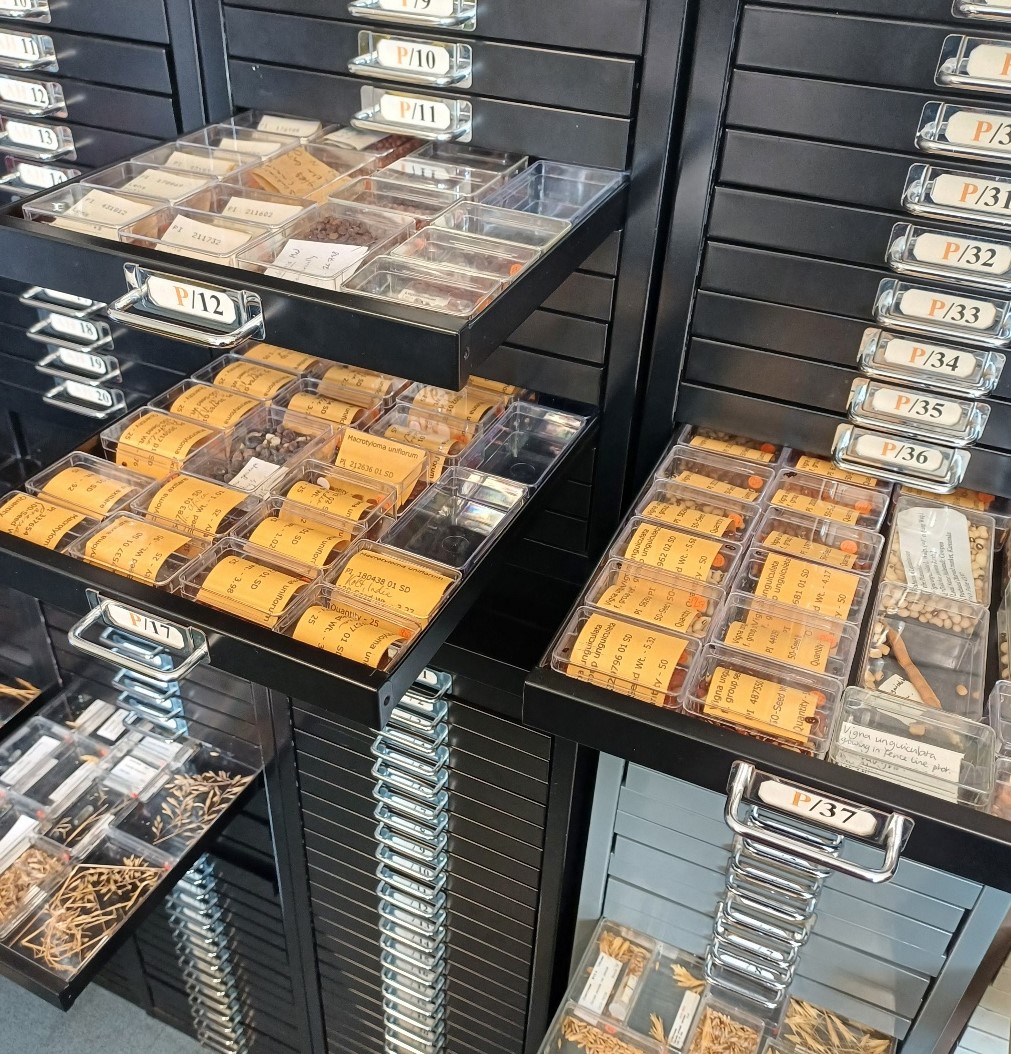
Zooarchaeology and osteoarchaeology laboratories: Tracing health, disease and human–animal relationships through time
The visit concluded with a tour of UCL’s zooarchaeology and osteoarchaeology laboratories, led by Professor Louise Martin and Dr. Carolyn Rando. Despite housing some of the UK’s most valuable reference collections, the current facilities are inadequate, suffering from poor lighting, limited space and unsuitable storage.
The IOA’s osteological collections include both modern animal reference specimens and archaeological human and animal remains. The zooarchaeology holdings feature skeletal material from Eurasian mammals, birds and fish, including rare specimens from the Middle East. The laboratories also support research in taphonomy.
Equally noteworthy is UCL’s human palaeopathology reference collection, one of the largest in the UK, containing unique human skeletal remains spanning the last two millennia. Largely assembled by the late Don Brothwell, these resources offer critical insights into the history of disease and disability, ancient healthcare and broader narratives in medical and social history.
Currently, many remains are stored in temporary containers. Through the RICHeS initiative, these collections will be consolidated into a purpose-built, environmentally controlled storage, enhancing lighting and workspace layouts with improved accessibility.
These improvements will transform the laboratories into state-of-the-art infrastructure that will enable increased access and increased interdisciplinary research with the collections.
Looking ahead
The RICHeS team’s visit to UCL revealed both the strengths and challenges of its extensive heritage science infrastructure. While some areas already serve as dynamic teaching and research environments, others require urgent investment to reach their full potential.
With RICHeS support, the UCL Institute of Archaeology is poised to significantly upgrade its infrastructure, improving preservation, access and educational value across its collections. These enhancements will benefit not only today’s researchers and students but also safeguard these vital resources for future generations.
Professor Kevin MacDonald shares:
“Without RICHeS we would have been decades away from optimising our collections access. Joining up the holdings of UK heritage research facilities via a shared database will allow researchers to discover and utilise national collections they had no idea were so extensive and close to hand“

